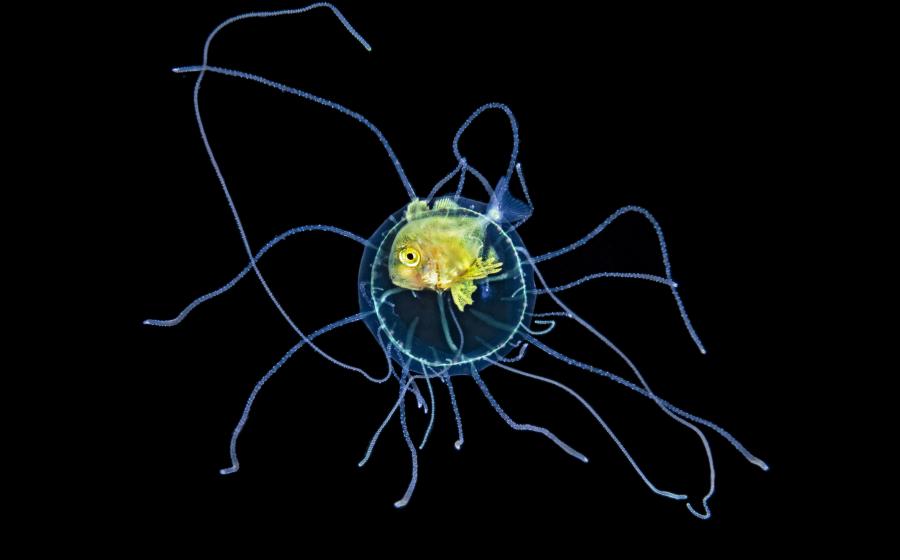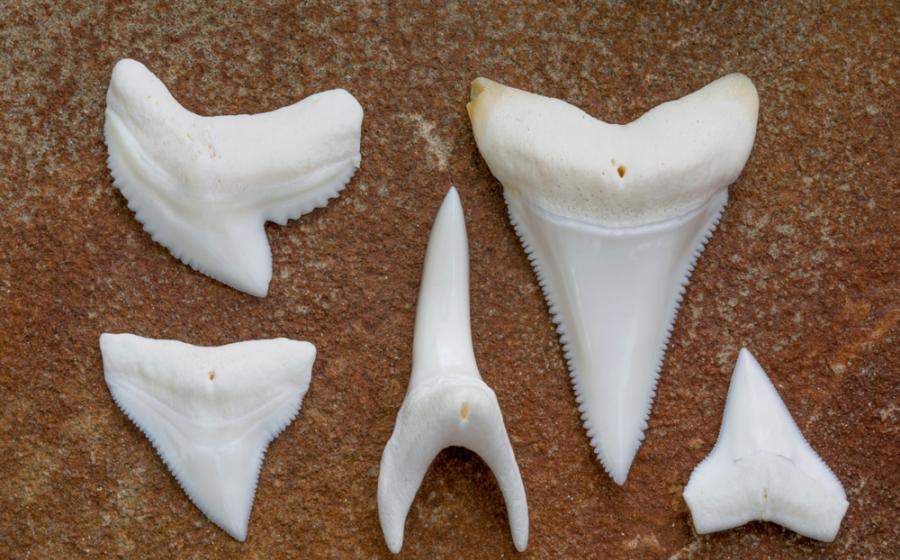7 Fun Facts about California Sheephead

iStockMale sheephead are distinguished by the black markings on their heads and tails. But like many wrasses, the males start life as females.
Considered Vulnerable for extinction by the IUCN, California sheephead (Semicossyphus pulcher) is a species of wrasse native to the eastern Pacific Ocean, ranging from Monterey Bay, California, to the Gulf of California, Mexico. California scuba divers encounter them in offshore kelp forests.
Here are fun and interesting facts about this popular fish.
1) Male and female California sheepheads have different color patterns and body shapes. Males are larger, with black patches on the head and tail, wide, reddish-orange midriffs, red eyes, and fleshy forehead bumps. Females are less colorful — they are dull pink with white undersides.
2) Both sexes have white chins and distinctive, large, protruding canine teeth. (Think Richard Kiel’s Jaws character in the James Bond films The Spy Who Loved Me and Moonraker.) They use their powerful jaws and sharp teeth to pry hard-shelled animals like molluscs, squids, lobsters, crabs and urchins from rocks and then crush the prey. A throat plate grinds the shells into small pieces. When a large amount of food is available, the California sheephead can live for up to 21 years, though there are some reports that say they can live more than 50 years.
3) Like many wrasse species, sheephead are protogynous. Say what?!? All are born female, and the largest individuals become male due to hormonal changes triggered by social cues. The sheephead transition from female to male is dramatic compared to other wrasses.
4) The fish live in a harem-like arrangement, where one dominant male travels around with many females. Other animals known for harem are Jamaican fruit bats, elephant seals, common pheasants and bark beetles. (This may be useful info to possess at your local Trivia Night.)
Related Reading: Coldwater Dispatches: Polar Jellyfish
5) Like many flowers that bloom during the day and close their petals when night falls, California sheephead are diurnal — or more active during daylight. Their behavior is shaped by the daily cycle of light, twilight, and dark. The sheephead make a round trip between their shelters and foraging areas twice a day. At night, they hide in rocky crevasses and caves to avoid predators; like parrotfish, sheephead can wrap their bodies in mucus so that predators are unable to smell them while they sleep.
6) California sheephead are critically valuable as keystone predators on purple sea urchins and red sea urchins, keeping them from overgrazing kelp forests. Sheephead contribute to the growth and biodiversity of kelp forests, including valuable fish species that are dependent on kelp habitat, such as kelp bass and white seabass.
7) In 2009, fishermen made almost $334,000 in revenue from catching California sheephead. The California Department of Fish and Game established fishing regulations to protect sheephead in 2001.










